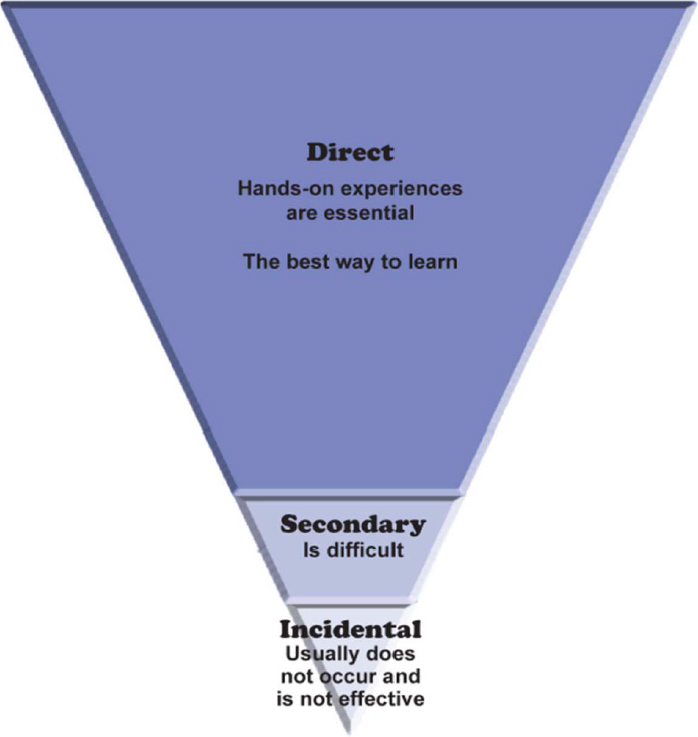Typical Learning vs. Deafblind Learning
Typical children with normal vision and hearing learn naturally in three ways:
- Direct learning
- Secondary learning
- Incidental learning

Typical Learning
Direct learning involves hands-on experiences and makes up a relatively small portion of overall lifetime learning.
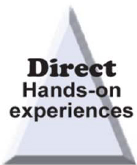
Secondary learning happens by listening to another person teach or present information. It makes up a slightly greater portion of overall lifetime learning.

Incidental learning is that which occurs naturally and automatically from the flow of sensory information that is constantly available. It makes up the largest portion of lifetime learning and is the way most information is learned.

Deafblind Learning
For children who are deafblind, the typical way of learning does not occur naturally. The triangle of learning is inverted for them.
Direct learning is by far the most effective way for children with deafblindness to learn about the world. Hands-on experiences are essential.
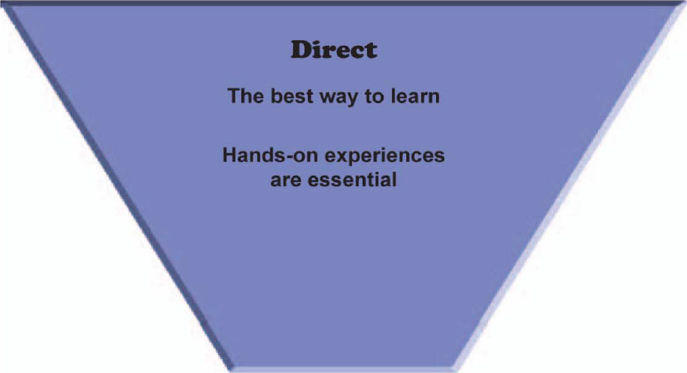
Secondary learning is difficult because of combined vision and hearing loss.
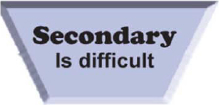
Incidental learning usually does not occur and is not effective because of the lack of consistent access to visual and auditory information.
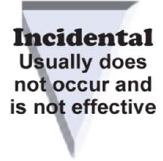
The learning needs of children who are deafblind are different from those of typical sighted and hearing children. This poses unique challenges to most educational settings, because they are not generally designed to provide intensive amounts of direct, hands-on learning.
